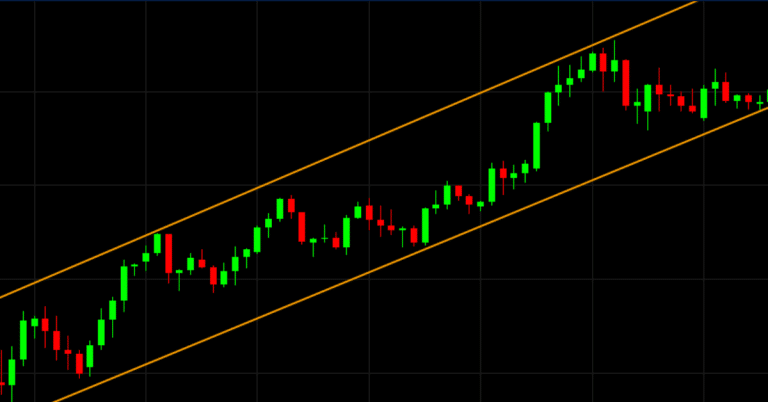Margin of Safety investing is an investment strategy and concept popularized by Benjamin Graham, often referred to as the “father of value investing” and a mentor to Warren Buffett. The term “margin of safety” originates from Graham’s seminal book “The Intelligent Investor,” first published in 1949.
In the context of investing, the margin of safety refers to the difference between the intrinsic value of an asset, such as a stock, and its market price. In other words, it’s the cushion or discount between what an investor perceives as the true value of the asset and the price they pay to acquire it.
The primary principle behind Margin of Safety investing is to buy an asset at a price significantly below its intrinsic value. By doing so, investors seek to protect themselves from potential losses due to unforeseen market volatility, errors in valuation, or other adverse events. Buying with a margin of safety provides a buffer, which can potentially minimize the risk of capital loss and enhance the likelihood of generating positive returns.
Key points of Margin of Safety investing include:
- Intrinsic Value Estimation: Investors must carefully analyze the underlying fundamentals of the asset to determine its intrinsic value. Various methods, such as discounted cash flow (DCF) analysis or comparable company valuation, can be used to estimate this value.
- Margin of Safety Calculation: Once the intrinsic value is estimated, investors subtract a predetermined margin of safety percentage from that value to determine the maximum price they are willing to pay for the asset. The size of the margin of safety varies based on the investor’s risk tolerance and market conditions but is typically around 20% or more below the calculated intrinsic value.
- Patience and Discipline: Margin of Safety investing requires discipline and patience. Investors wait for the right buying opportunities and avoid overpaying for assets in bullish market conditions.
- Focus on Quality: Graham emphasized the importance of investing in high-quality assets with solid financials and competitive advantages. A focus on quality can enhance the probability of achieving long-term investment success.
- Long-Term Perspective: Margin of Safety investing aligns with a long-term investment horizon. It involves holding investments until they reach their intrinsic value or exceed it, rather than seeking short-term profits.
By applying the Margin of Safety concept, investors aim to balance potential rewards with the risks they are taking, ultimately increasing the odds of making successful investments over time. However, it’s important to note that no investment strategy is foolproof, and the market can be unpredictable. Proper due diligence, continuous monitoring, and risk management are vital aspects of successful Margin of Safety investing.
What is the recommended margin of safety?
The recommended margin of safety for stock investing can vary depending on individual investor preferences, risk tolerance, and the prevailing market conditions. There is no one-size-fits-all answer, and different investors may have different comfort levels with the margin of safety they choose to apply.
Traditionally, value investors, like Benjamin Graham and Warren Buffett, have often advocated for a margin of safety of around 20% or more below the estimated intrinsic value of the stock. In other words, they aim to buy stocks at a price that is at least 20% below what they consider the stock’s true worth.
For example, if an investor calculates the intrinsic value of a stock to be $100 per share, they would look for opportunities to buy the stock at or below $80 per share (representing a 20% discount). This margin of safety provides a buffer against potential errors in valuation, market volatility, or other uncertainties.
However, it’s important to note that the appropriate margin of safety can vary based on several factors:
- Risk Tolerance: Some investors may be more risk-averse and prefer a higher margin of safety to reduce potential losses, while others with a higher risk tolerance may accept a smaller margin of safety.
- Market Conditions: In bullish market conditions, finding stocks with a significant margin of safety may be more challenging, as many stocks may be trading at higher valuations. During bearish markets or economic downturns, opportunities for a larger margin of safety may be more abundant.
- Company and Industry-specific Factors: Different industries and companies may have different levels of inherent risk. For companies with more stable earnings and strong competitive advantages, investors may be willing to accept a smaller margin of safety.
Ultimately, the margin of safety should be based on a careful analysis of the specific stock and its underlying fundamentals. It is a risk management tool that helps investors protect their capital while aiming for potential upside.





